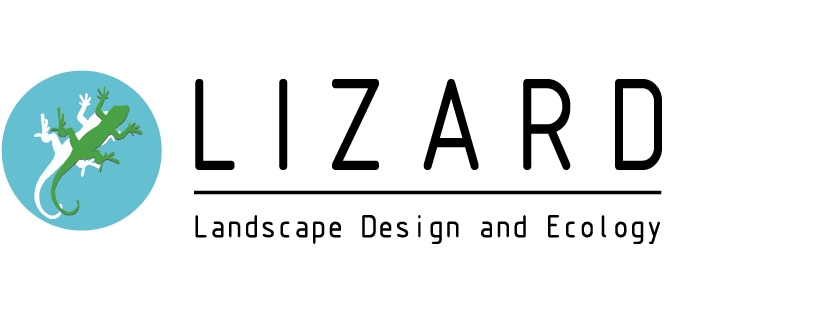The United Kingdom is home to a diverse range of plant and animal species, each playing an important role in maintaining the delicate balance of our ecosystems. However, with the growing threats of climate change, habitat loss, and pollution, many of these species are now facing the risk of extinction.
An ecological survey can help to analyse a development's ecological impact on a habitat. Lizard Landscape Design and Ecology offer ecological surveys to ensure you know the impact on the ecology of the environment.
In this blog, we will explore some of the UK species that we can assist with in terms of ecological services.
The Importance Of Ecological Surveys
Ecological surveys can help assess an environment in terms of whether development projects would suit that specific space. Here at Lizard Landscape Design and Ecology, we offer a variety of ecological surveys such as Extended Phase 1 Habitat Surveys for developments and Ecology Phase 1 Habitat Surveys for flora, fauna and protected species.
However not all surveys can be done all year round, so here is a guide to some of the animal and environmental surveys we offer and the seasons in which they are possible.
Badgers
It is a serious offence to interfere with a badger as they are protected under The Protection of Badgers Act 1992. Badger surveys can be performed all year round, with the optimal time of year being between September to October and February to April.
Bats
Bats live in both urban and rural environments, often in various habitats throughout one annual cycle. Bat surveys can be performed all year round, with October and April being the only suboptimal months in which to perform one.
Birds
Migration periods can vary between species and even populations within the same species, so while bird surveys can be performed all year around, the timing and technique will vary depending on location, species and more.
Dormice
In the UK we only have the hazel dormouse as a native species. Their numbers have significantly declined and they are protected under The Conservation of Species and Habitats Regulations 2010. Surveys can be performed all year round, with the optimal times between April and December.
Great Crested Newts
The Great Crested Newt is the largest newt species and has unfortunately had a significant decline in population due to habitat loss. They are fully protected under The Conservation of Species and Habitats Regulations 2010 and surveys for them can only be performed around April/May.
Habitat Surveys
While a habitat survey can be done throughout the year, it is normally recommended they be completed in the spring and summer to allow more detailed species lists to be written. Phase 1 habitat surveys can also be extended to assess a site’s potential to support protected species and determine whether further surveying might be required.
Book Ecological Services Today
Here at Lizard Landscape Design and Ecology, our expert team of ecologists can undertake all ecological surveys, including protected species surveys, such as for those mentioned above as well as otters, reptiles, water voles, and white-clawed crayfish.
For more information on our ecological services, don’t hesitate to contact us today.


